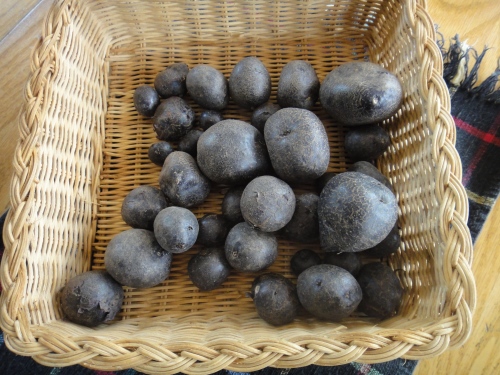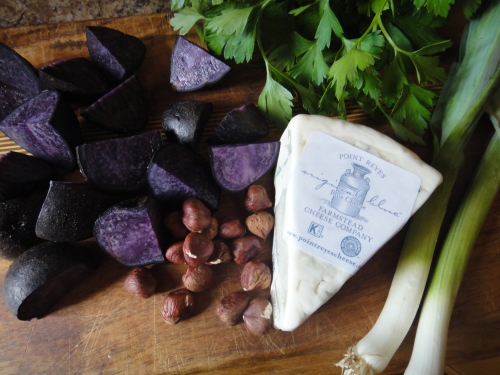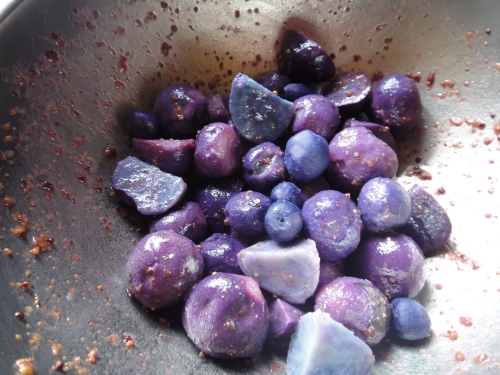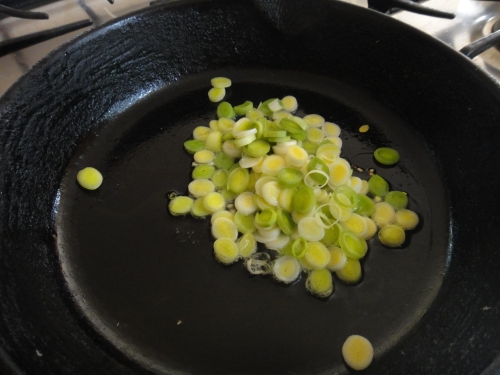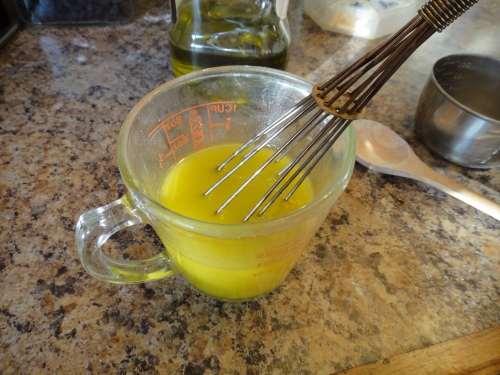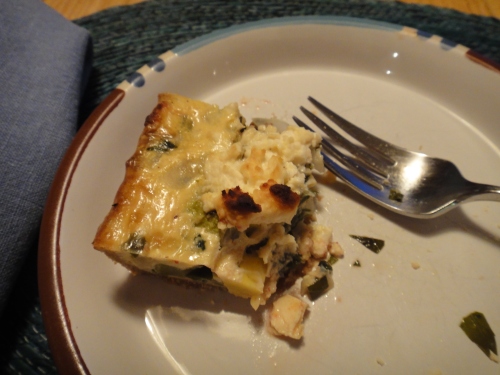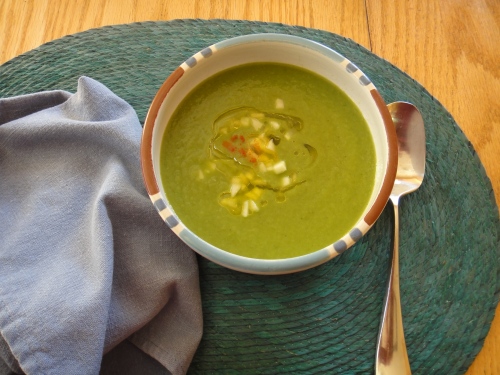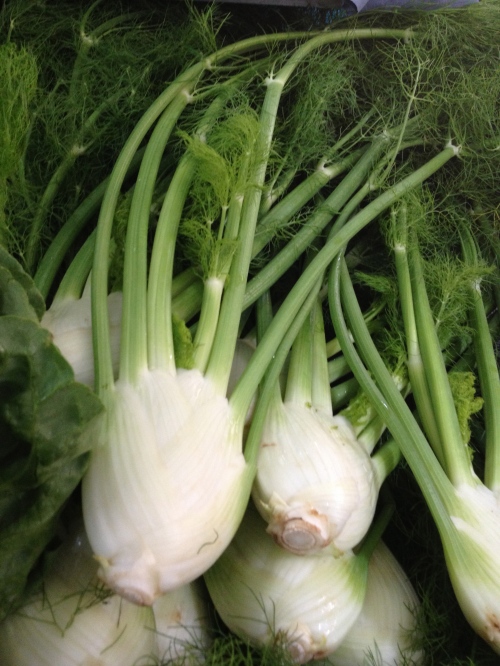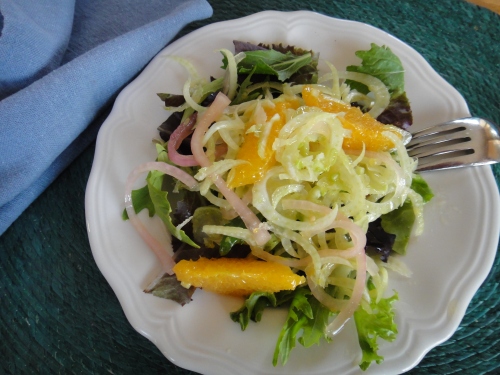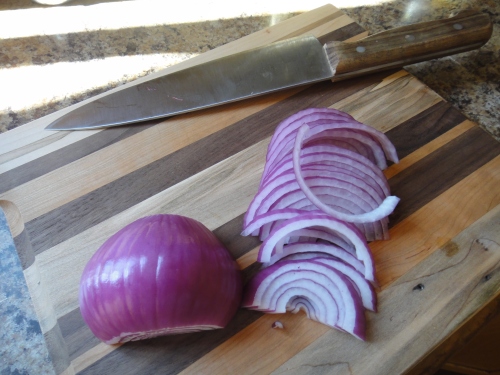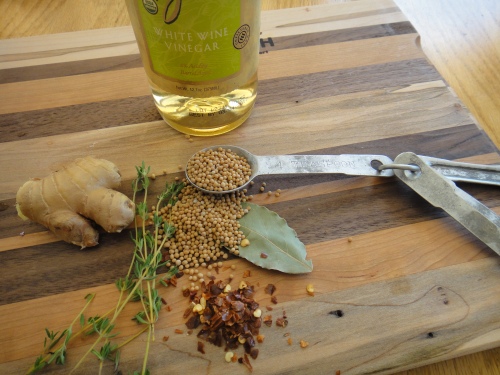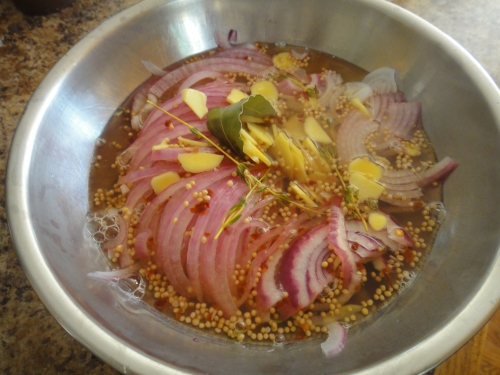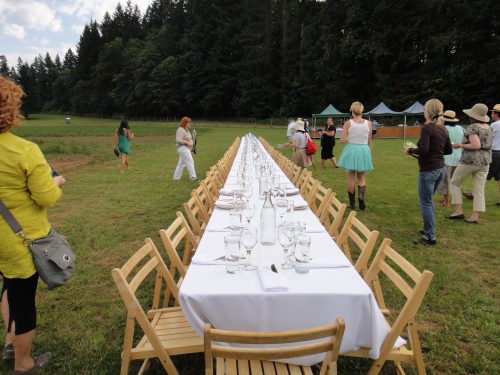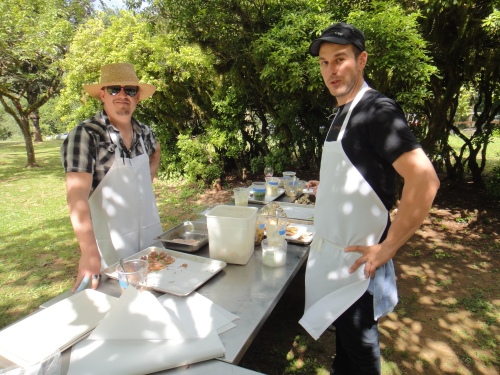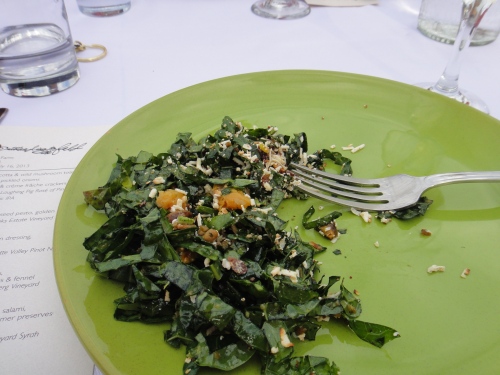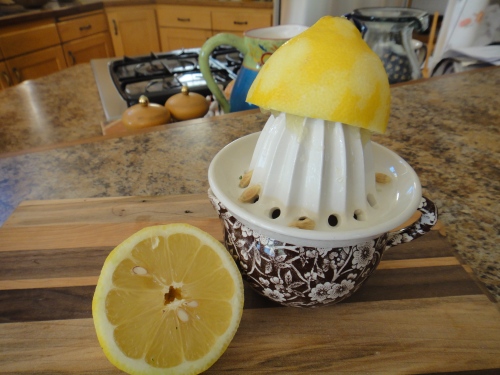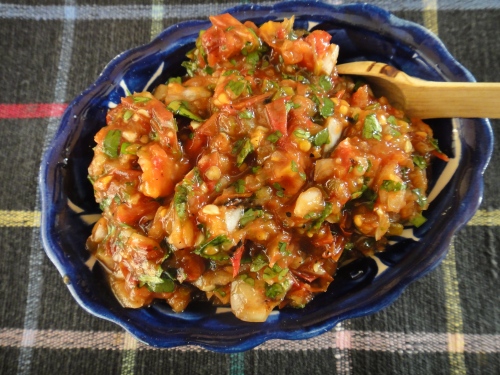 The traditional Mexican preparation of this fresh sauce is in a molcajete, but I am pretty sure you’ll want to keep the operative word here–easy. I’ve already added an extra step by heating up the grill instead of opening a can of tomatoes. If you want super quick and easy salsa, use those canned tomatoes.
The traditional Mexican preparation of this fresh sauce is in a molcajete, but I am pretty sure you’ll want to keep the operative word here–easy. I’ve already added an extra step by heating up the grill instead of opening a can of tomatoes. If you want super quick and easy salsa, use those canned tomatoes.
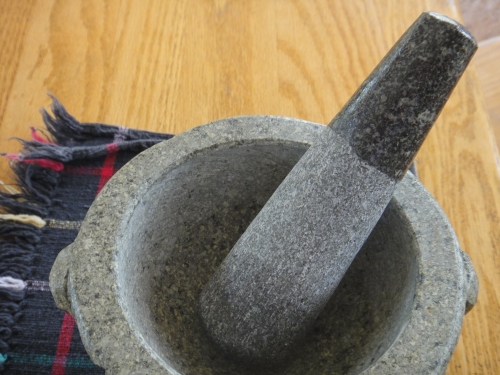
Most Mexican kitchens these days have a liquidora (blender), though a food processor is a better option for keeping this salsa chunky. If you use the blender, be careful—do not over blend.
With a food processor, pulse the ingredients, beginning with the garlic, dropping it into the dry work bowl with the motor running, blade spinning.
I like my salsa not too picante (spicy hot). So I remove the seeds, a no-no in Mexico. My husband would just as soon feel the heat. He likes it hot and knows that both flavor and spice is hiding in a chile’s seeds and veins. Bottom line is that fresh chiles are essential to this salsa, whether you keep the seeds in or scrape them away, or use one or two serrano chiles.
Tomato and Cilantro Salsa
3 fresh juicy tomatoes or 1 pound cherry tomatoes, char-grilled, or 1(1-15-ounce) can diced tomatoes, drained
1 or 2 serrano chiles, seeds removed if desired, char-grilled if possible, roughly chopped
1 clove garlic
1/3 cup white or yellow onion, coarsely chopped
1 teaspoon Real Salt
1/3 cup cilantro leaves
With the motor of the food processor running, mince the garlic by dropping it through the feed tube. Process until it is very fine. Add the chile(s), onion, salt and cilantro. Pulse on and off for about 10 seconds total.
Serve fresh.
Makes 1 ½ to 2 cups salsa.
- This simple red sauce is best eaten the same day it is made. Turn any leftover into cooked salsa: Heat a bit of oil in a skillet, add the salsa and cook over fairly high heat a few minutes.
